Five key trends for media, from FIPP Congress 2022
With so many interesting sessions at the 44th FIPP World Congress, there was something for everyone at last week’s event.
There was Professor Lucy Küng’s research into digital transformation and workplace challenges, and Fortune’s Jim Jacovides explaining how the brand is building on the changes made during Covid. There was the aspirational tone struck by Nat Geo’s Yulia Boyle during her opening keynote as FIPP’s first female chair, as well as the fireside chats and countless informal conversations taking place across the venue.
Yet some key trends do emerge: from the smaller publishers to the largest, certain topics came up again and again – and we’ve summarised just a few of them here…
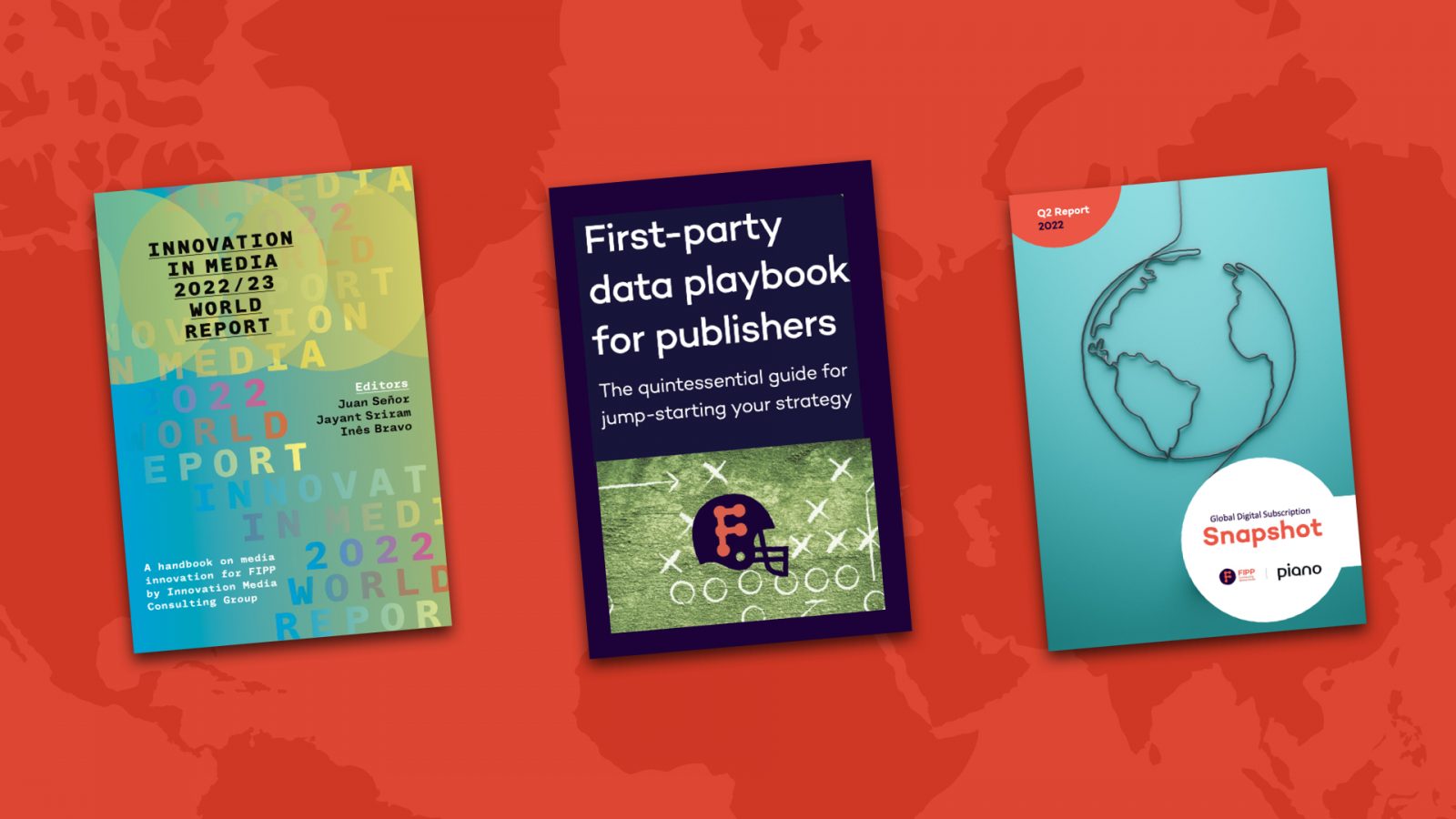
1. First-party data is a golden opportunity
Several sessions and smaller seminars at Congress focused on the topic of first-party data and the concomitant demise of third-party cookies. This coincided with the launch of a new 60-page FIPP report on the subject authored by Martha Williams, CEO, World NewsMedia Network, who also outlined its findings in a sold-out pre-Congress seminar.
For Juan Señor and Inês Bravo, during a detailed presentation in which they launched this year’s edition of the Innovation in Media World Report, the shift to first-party data represents “the beginning of forever”. “The changes of the past few years have been profound and irreversible,” said Señor. “This is a story about the beginning of the second digital age. Advertising changes forever, and our relationship with consumers changes too.”
He added: “The phaseout of third-party cookies is a golden opportunity – a chance to really get our audience data back. To do this, you MUST know your audience. We need to think retention, retention, retention. Keep your heavy readers close and your light readers closer. We must think about how to take every opportunity to convert people into long-term subscribers.”
Putting the consumer first is at the centre of Dotdash Meredith’s strategy, as we heard from Alysia Borsa, Chief Business Officer & President of Lifestyle. “We really are putting the consumer first. We’ve got to believe that if you put the consumer first, the monetisation will follow,” she said via video.
“On the magazine side too, this helps. While we shut down some magazine brands because the business model just no longer made sense, we’re really focussed on a consumer first business model, which means that advertising remains critical, but we need premium subscribers as well.
“Scale is really important and of course increasingly, so is first-party data. Now we’re able to see and collect data in real-time and at a scale we’ve never seen before, so this is very exciting. When I started out at the company in 2011, people weren’t really talking about first-party data in the way they are now, but moreso than ever before we are able to understand consumers, their needs, and their intentions.”
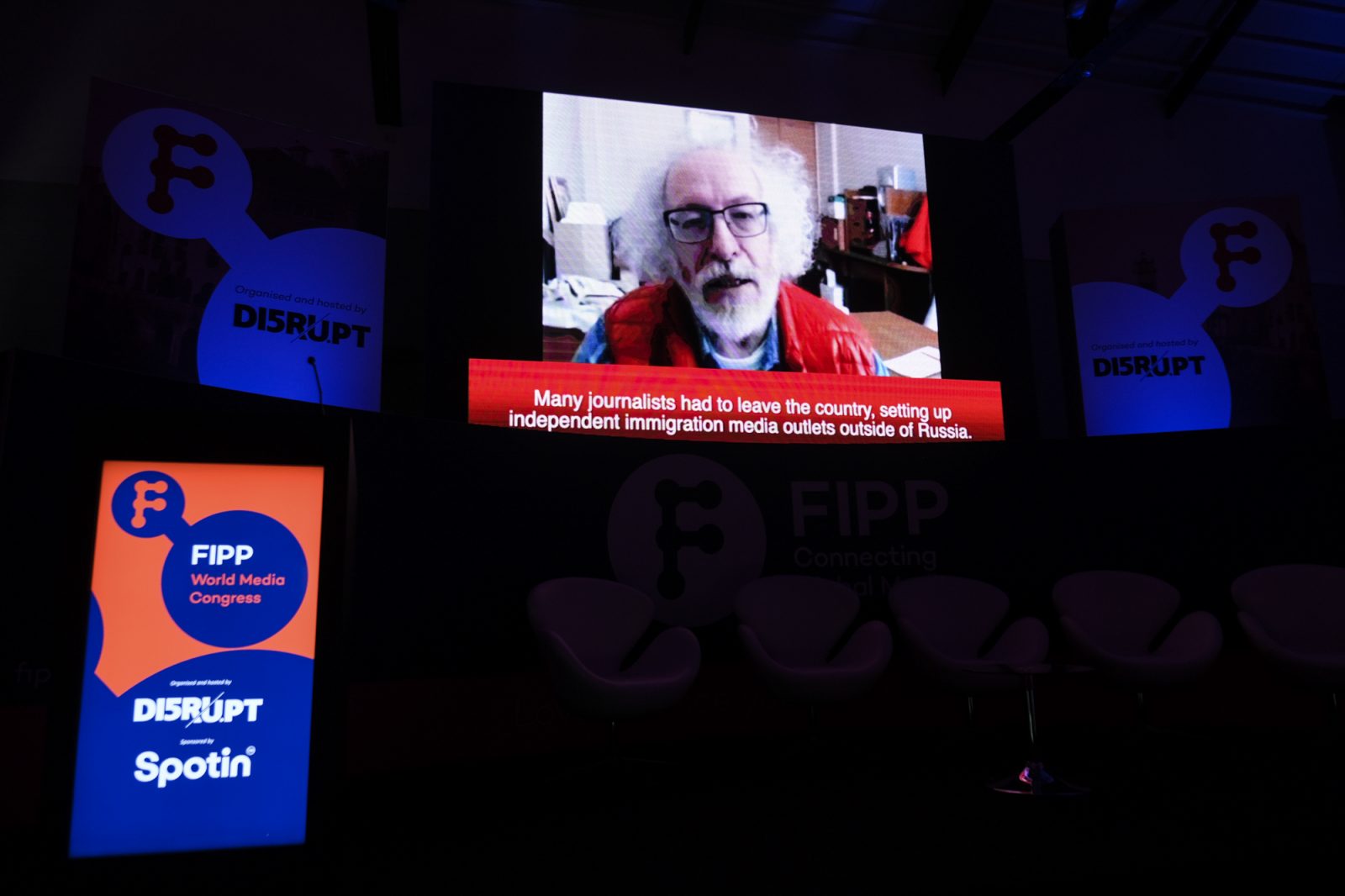
2. The free press needs defending more than ever
Cláudia Maia, Vice-president, Associação Portuguesa de Imprensa (Portuguese Press Association) delivered a stark presentation about threats to news media in Portugal with lessons for other territories, too, after a days-long cyber attack on Portugal’s main media outlets earlier this year led to some serious questions.
“One of the main issues for media in Portugal is news deserts,” she explained. “Around 20% of towns and cities in Portugal have no access to news and radio.”
This state of affairs is worsened by apps like Telegram which spread fake news. “Fake news represents a 3.5m euro loss per month for the media business,” she said. “Some 70.4% of Portuguese population uses smartphones, and one third uses social media as their main source of information. Over 60% first watch news via video rather than reading the papers.”
On the other hand, although trust is decreasing in mainstream news, Portugal remains the European country with the highest public trust in news. The solutions include adopting a consumer-centric approach based on first-party user data; investing in new business models and revenue streams like e-commerce and podcasting to reach younger audiences; and good practice and certification mechanisms for media websites.
“We have to focus on these solutions. Because a free press is the main asset of modern democracy,” Maia ended.
“This is a story about the beginning of the second digital age. Advertising changes forever, and our relationship with consumers changes too.”
Juan Señor
Crucially, as discussed in a panel with representatives of The Economist and Dow Jones hosted by PressReader’s Nikolay Malyarov, trusted content comes in many forms, not just articles behind paywalls. “It could be a live Twitter Q&A about Trump and fake news, or a video where we speak to President Zelenskyy,” said Nick Pimm, Vice-president, International Enterprise Sales at Dow Jones.
Congress attendees also watched a prerecorded message from Echo of Moscow (Ekho Moskvy)’s Alexei Venediktof, Echo of Moscow’s Editor-in-Chief. Echo of Moscow was one of the last remaining independent press outlets in Russia, before it was forced to close down after the invasion of Ukraine. “We consider free circulation of information to be the most important thing today,” he emphasised. Read FIPP’s full interview with Venediktof from earlier this year.
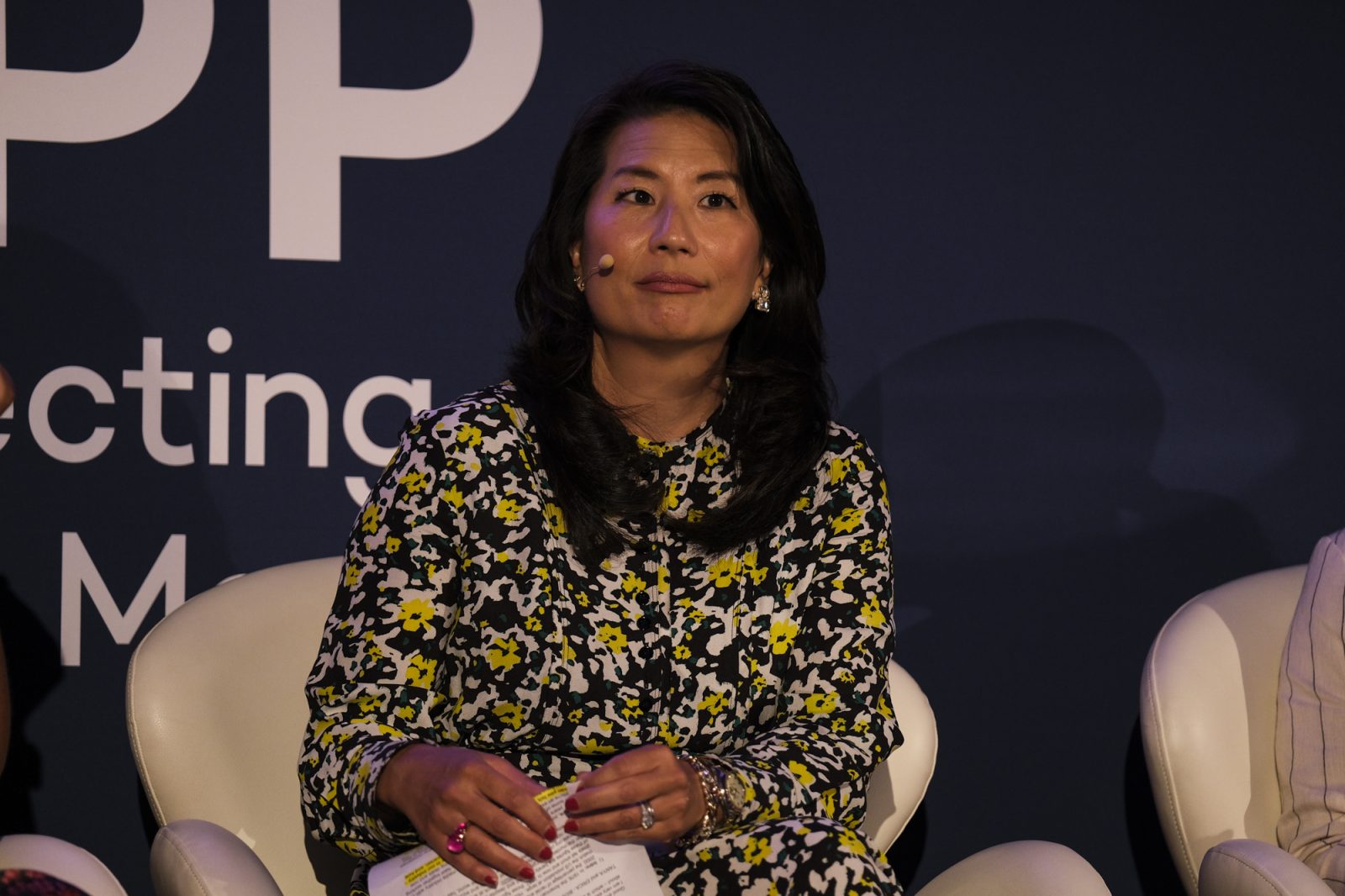
3. Diversification beyond revenue
For FIPP’s first female Chair, Yulia Boyle, diversification of a different kind took centre stage. The Vice President for International Media, Image Collection and Content Operations at The Walt Disney Company/National Geographic Partners, introduced us to her key priorities for the industry across representation, member value, inclusive content, and innovation as she too looked to a positive future ahead.
“When we look historically at our industry and at FIPP, we haven’t been looking hard enough at those regions like APAC and Africa where growth opportunities lie,” admitted Boyle. “But consumer behaviour has changed, and especially as the first female Chair of the organisation, I want us to live up to our tagline to connect global media.”
Angie Byun, Principal, AB WORLD, picked up on similar themes during her panel, making the following powerful remarks: “In 1978, the American Society of News Editors pledged that by the year 2000, the percentage of racial and ethnic diversity in the newsrooms would match the US population at large.
“However, when 2000 came around, these goals fell short and now in 2022, those figures have barely changed. In fact, a lot of these figures are rarely reported and despite performative efforts – particularly after the murder of George Floyd, many are struggling to make good on their commitments and effectuate substantive change. Look at any masthead today or corporate organisational chart (especially in senior management and the c-suite) and you will see that diversity and equity in the media industry not just in the United States, but around the world, has seen little or no improvements.”
One initiative trying to improve upon this using simple self-reporting tools is the BBC 50:50 Project (read more about how it works here). At the moment it focuses on helping companies reach gender parity in their content, but hopes to expand to include statistics on ethnicity, disability and possibly socioeconomic status too.
External Partners Lead, Miranda Holt talked to James Hewes about the global popularity of the project, which now has 145 external partners in 30 countries.
“The point is it’s supposed to be easy,” said Holt, describing the process of how organisations collect data. “it’s about a common sense approach to reflect society better. There’s a moral imperative, but there’s also a business case for it. You can increase your readership, viewership etc. The first principle is to collect data to effect change. Measure what you can control. Never compromise on quality.”
“There has never been a better time to work in this industry, never been a more exciting time to be a publisher.”
James Hewes, FIPP
Africa Soft Power’s Founder and Creative Director, Nkiru Balonwu, gave a rousing talk which identified a real missed opportunity in coverage of Africa, which is both a wasted chance for the media industry and damaging to the continent itself.
“Africa still has a reputation in the west as a ‘dark continent’ where no one has clean water, where there’s corruption and poverty and war,” she said. “But what about [singer-songwriter] Burna Boy, who made history by being the first Nigerian to headline at Madison Square Gardens? Why don’t we hear about that?”
Read more from FIPP Congress about diversity and reaching new audiences here.
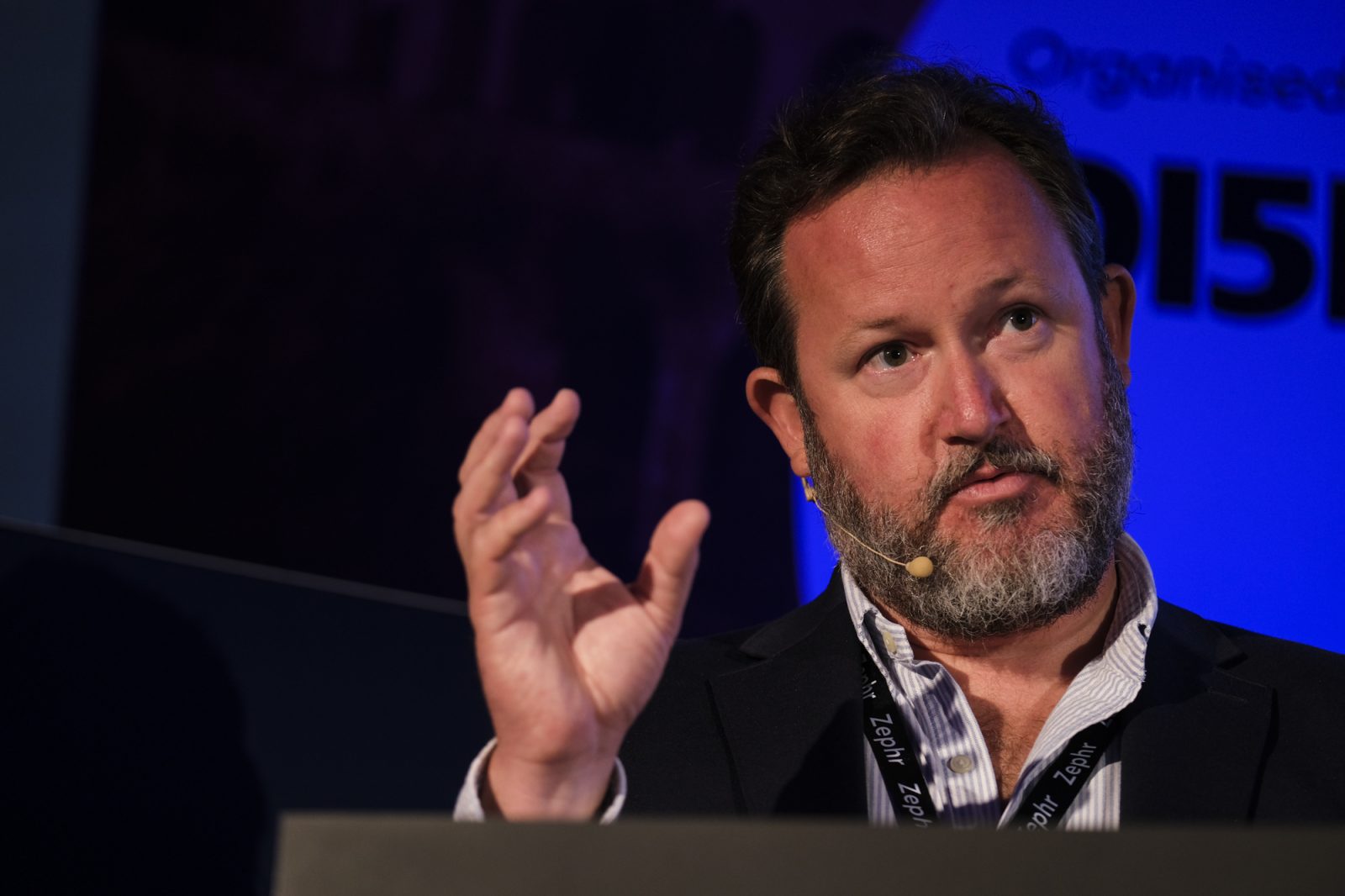
4. It’s time to get on the pod-train (if you haven’t already)
For Juan Señor, audio formats are self-evidently worth investing in. “The podcast boom has given birth to an audio story boom – it’s a no-brainer for media brands. This is cheap technology,” said Señor.
Tom Armstrong of the New York Times also extolled the benefits of podcasting in attracting younger audiences especially. “Podcasting was the ideal platform for us to start experimenting with,” explained Armstrong. The Daily, the NYT’s flagship podcast, has been downloaded an astonishing 3.2bn times since its launch in 2017, and the NYT is now the third-biggest podcast producer in the world.
Katie Vanneck-Smith, Co-founder and Publisher of slow news, “audio-first” media company Tortoise, talked about their pivot to an audio-to-member strategy after experimenting with different ways of engaging people.
“We now have predominantly audio output,” she said. “We now have a very deliberate audio-to-member strategy. The average listener of our podcasts is 28, while the average Tortoise member is 39. This tells you something about reaching these younger audiences.”
Alastair Mackie, Head of Business Development, Audio & Video at the Financial Times talked about how the newspaper has cracked the code in terms of making podcasts pay. Around 30% of internet users in Europe have listened to a podcast in the last month, he said. While it’s still quite a big price leap for people to go from listening to free podcasts to paying 100 euros or more for a FT subscription, he said podcasts still work as a great way to draw listeners in.
“We have more listeners to our podcasts than we have paying readers. The majority don’t subscribe to the FT, a significant majority are outside our home markets, and they’re very young, in FT terms: the average age is 45,” he explained in his presentation.
Read a more detailed version of FIPP’s summary here.
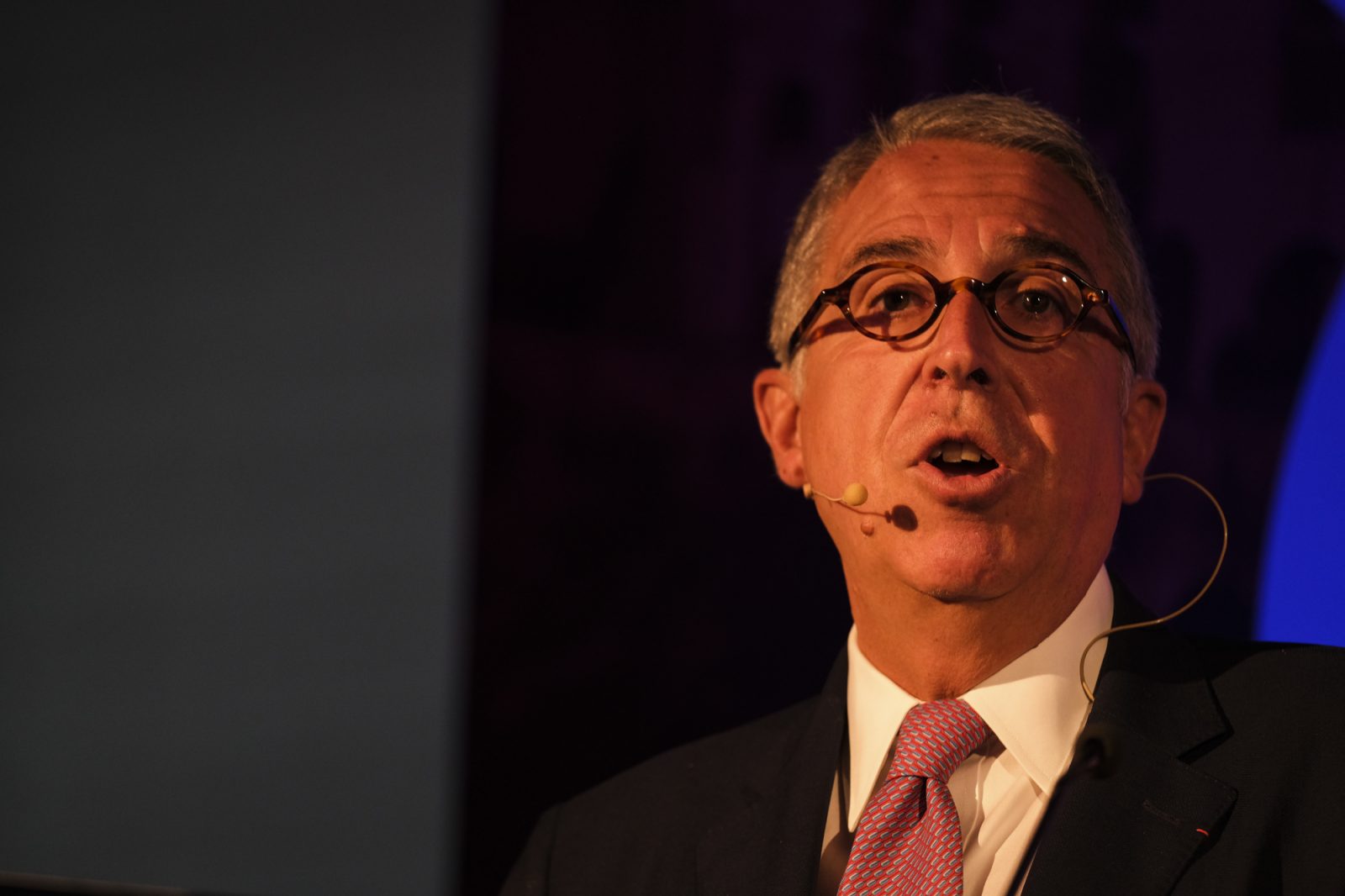
5. The 21st century is still to play for
Several speakers mentioned the backdrop to our present moment, and how this era might be understood in a broader historical sense. For Vivendi CEO Arnaud de Puyfontaine, who gave one of the opening keynotes, it’s 2022 and content is (still) king.
“The 19th century brought the gold rush, the 20th the oil rush, and in the 21st we can say the content rush,” he said to a packed room. “This means that having the largest possible and most appealing offer is key.” He gave the example of Vivendi’s premium television channel Canal+, now rolled out in 40 countries, which has more than doubled its number of subscribers to 24m in 2021.
FIPP President and CEO referred to geopolitical developments around the world. “If the 20th century was mankind’s ‘giant leap’, to use Neil Armstrong’s words, then the 21st is becoming mankind’s ‘permanent crisis’,” he said. “From 9/11 to the global financial crisis, Covid, Brexit, Trump, the war in Ukraine and the potential resulting recession to follow, our recent history is marked by a near-permanent volatility.”
However, while it’s easy to be negative in such times, Hewes emphasised to Congress delegates the incredible sense of opportunity that comes with it. “The combination of disruption and uncertainty make our professional lives increasingly difficult,” he said. “But I am here today to tell you that I don’t share that negativity, that the overriding theme of this Congress is positivity and progress. The multitude of new opportunities open to us, together with the possibility of renewal in our legacy businesses, means that there has never been a better time to work in this industry, never been a more exciting time to be a publisher.”









